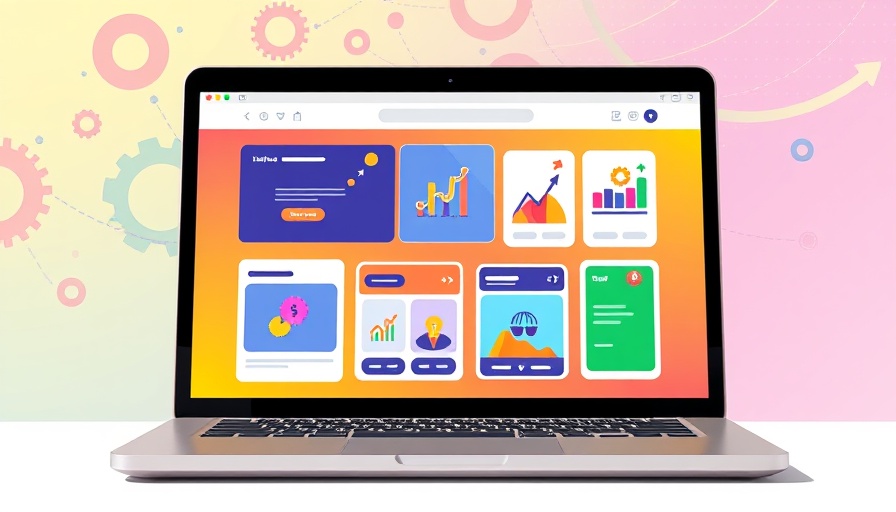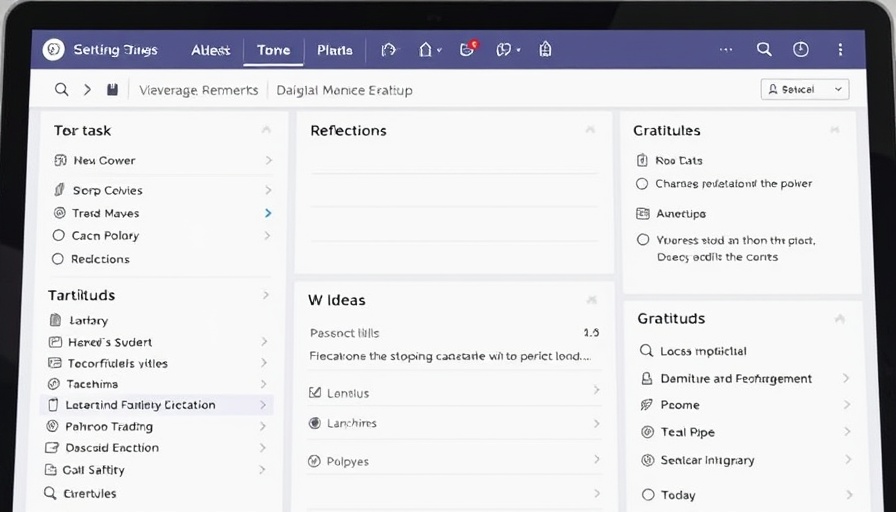
Streamline Employee Orientation with Effective Schedules
As your business scales towards $10M in annual revenue, efficient employee onboarding becomes indispensable. A precise orientation schedule lays the groundwork for lasting employee success, fostering engagement and retention in a burgeoning company culture.
Understanding the Importance of Orientation
Employee orientation is much more than a simple welcome; it’s an immersion into your company’s ethos and operational processes. For mid-sized businesses, this is an opportunity to instill your mission and core values while also preparing new hires for their specific roles. An effective orientation process can significantly affect retention rates, leading to reduced turnover costs and enhanced productivity.
Utilizing Templates for Efficiency
To ease the onboarding burden on your HR team, leveraging orientation schedule templates is a game-changer. These structured resources can streamline your orientation process, ensuring that no essential elements are overlooked. Below are some key benefits:
- Consistency: Maintaining a uniform onboarding procedure helps establish a strong foundation for all new employees.
- Efficiency: Pre-built templates save time, enabling HR specialists to focus on personalizing the orientation experience.
- Clarity: New hires will appreciate having a clear roadmap of their first days, facilitating a smoother transition into the workplace.
Customizing Your Orientation Schedule
While templates provide structure, customization is vital to address your specific organizational needs. Consider adding elements that reflect your business’s unique culture, such as team-building activities or informal meet-and-greets. This personalization aspect makes employees feel valued and more connected to the team from day one, fostering collaboration and a more inclusive environment.
Best Practices for Effective Onboarding
Implementing the following practices can enhance the effectiveness of your orientation program:
- Incorporate Technology: Utilize project management and software tools that facilitate real-time collaboration amongst team members. With tools like ClickUp, teams can manage workflows and keep everyone aligned.
- Structured Checklists: Create checklists that outline essential tasks and training modules new hires must complete during their onboarding, ensuring nothing is missed.
- Gather Feedback: After each orientation, solicit feedback from new employees to understand their experience and identify areas for improvement.
Future Trends in Employee Onboarding
As industries evolve, so must your onboarding strategy. Future trends indicate increasing reliance on digital onboarding solutions, further emphasizing the importance of streamlining processes and utilizing innovative software tools to fortify employee experiences and collaboration.
Creating a Roadmap for Success
In conclusion, as a business owner focused on growth, investing in a structured employee orientation schedule is essential in scaling and nurturing your workforce. Fostering a robust onboarding experience sets the tone for a productive, harmonious workplace. Ready to empower your new hires?
 Add Row
Add Row  Add
Add 



Write A Comment